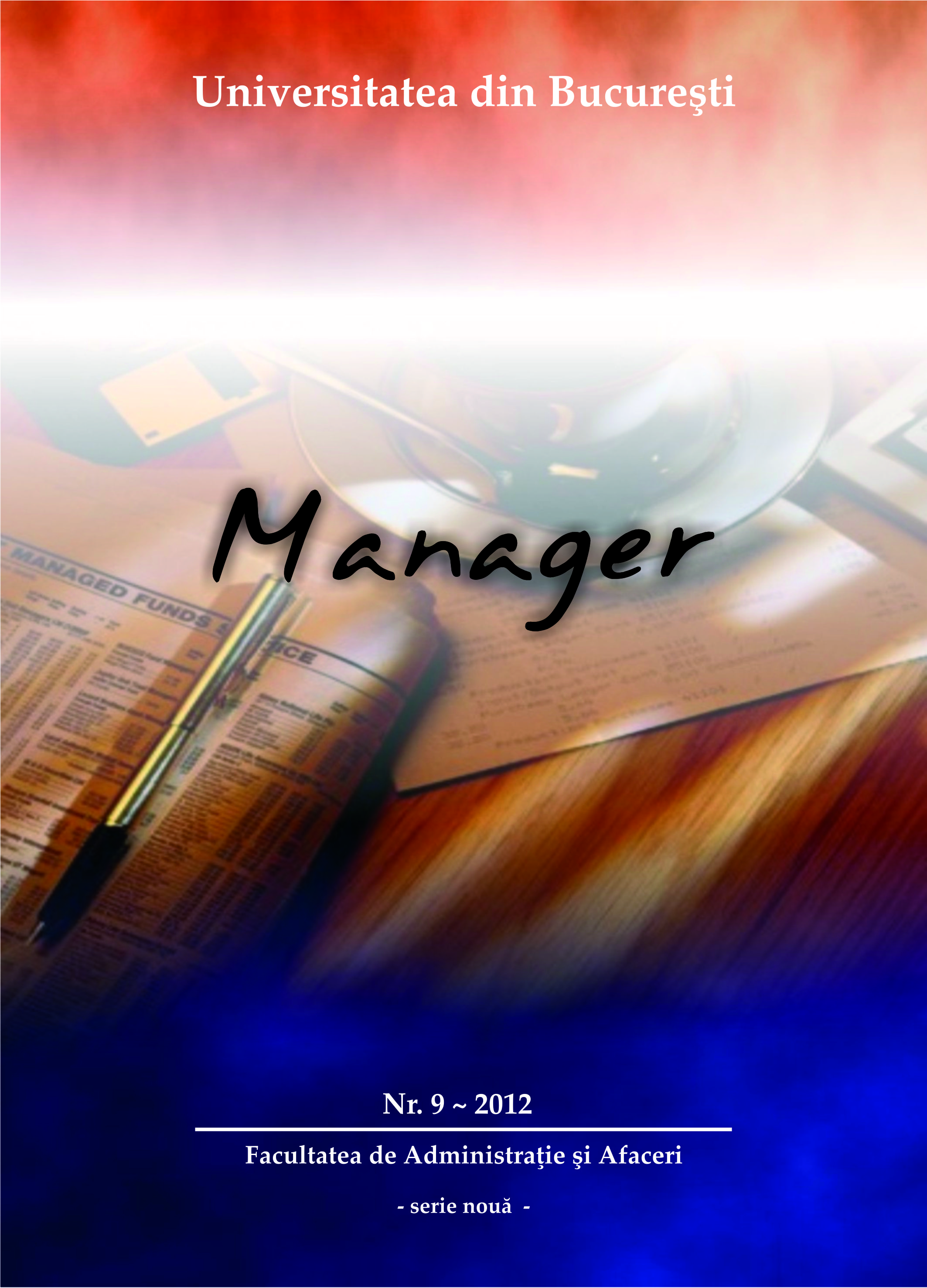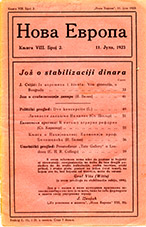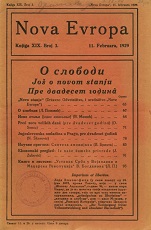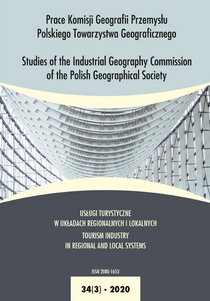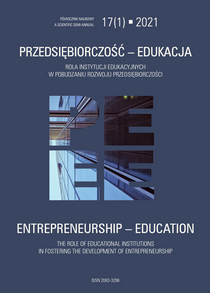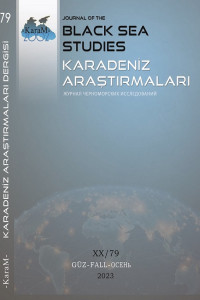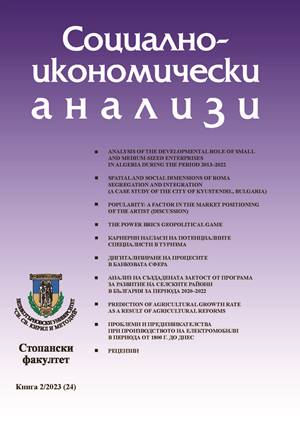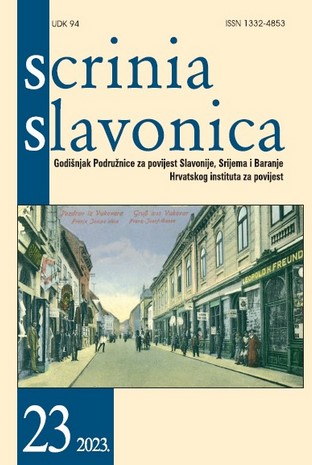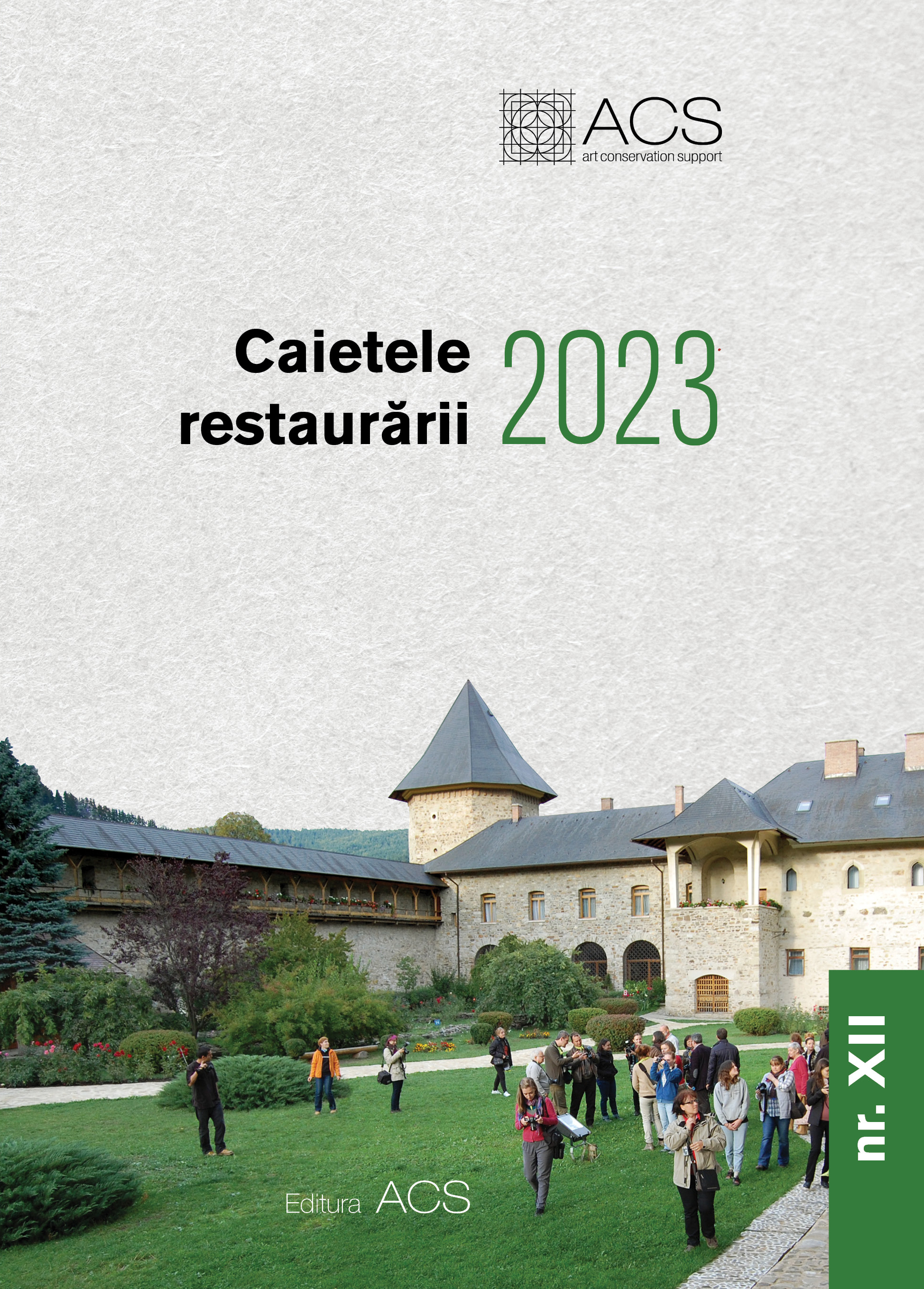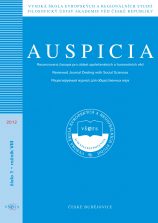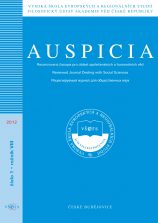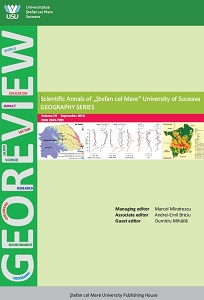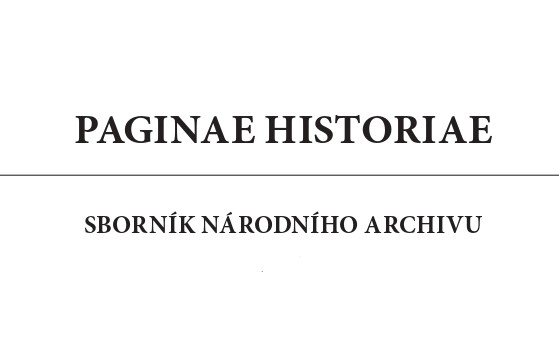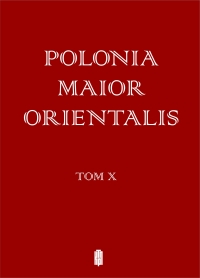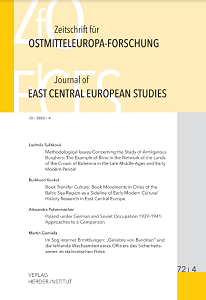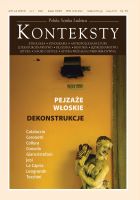Author(s): László Heka / Language(s): Croatian
Issue: 23/2023
The rebellion of the Šokci that broke out in 1897 in Draž and Gajić is one of the most significant events in the history of Hungarian social democracy. It started in southeastern Baranya and was at its peak in January 1898 when the uprising had taken hold of 26 settlements in the districts of Baranyavár / Branjin Vrh, Mohács and Siklós. In the settlements of Baranyavár / Branjin Vrh, Darázs / Draž, Dály-ok / Duboševica, Hercegmárok / Gajić, Kásád / Kašad, Lőcs / Luč, Szentmárton / Martince, Petarda, Izsép / Topolje and Torjanci, the majority population was Croatian; among the socialist agitators the majority were Croats along with a significant share of Hungarians and a quite large proportion of Germans. Although at the time, the authorities and the newspapers reported on the nationalist movement of the Šokci-Croats, in the last few decades researchers and scholars have agreed that the socialist – agrarian movement was not marked by nationality because among the malcontents there were also Hungarians and Germans as well as Serbs living in villages affected by the rebellion. However, it must be said that although the movement enjoyed wide support among the inhabitants in the villages of the Šokci, in villages with a Hungarian majority (Kopács / Kopačevo, Sepse / Kotlina, Laskó / Lug, Csúza / Suza, Várdaróc / Vardarac) the socialist organizations that had also been established, did not have a base anything like as large as in the villages of the Šokci. By using the term “rebellion of the Šokci” the intention of the local authorities was probably to play down the severity of the rebellion, refraining from mentioning that it had also affected the villages with German and Hungarian majorities. Particular emphasis was placed on the claim that the Šokci had “separated themselves from the Church” and become members of a sect. This should be kept in mind because good Šokci were considered “good Hungarians” and “devoted believers of the Catholic Church”. It was precisely for these characteristics that the Hungarians boasted of “their Šokci”, especially in Mohač and the surroundings. However, the discontent shown in the “rebellion of the Šokci” attained such proportions that not even the police were able to control them and a military intervention was necessary. As the historical Baranya county (vármegye, županija) was occupied in 1918, the Serbian military authorities and the Belgrade government endeavoured to win the local population over. Among the population there were differences in regard to nationality, religion and world view, however, the municipality was specific in that it was the centre of the agrarian and social-democratic movement and inasmuch as the majority of the population was non-Hungarian. Along with the most numerous German community, there were also many Šokci (Croats) and Serbs whom the Kingdom of the SHS tried to win over, in order to incorporate this area as part of the Yugoslav state. Accordingly, they affirmed they would conduct an agrarian reform, accentuated the fraternal and blood relations of the Serbs and Croats (Šokci and Bunjevci) and allowed the uninterrupted operation of the socialist-democratic movement.
More...
